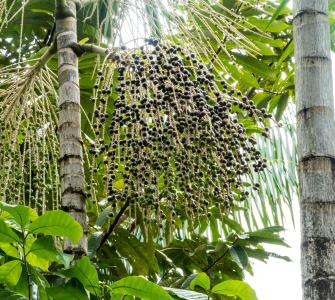Conservation Strategy Fund (CSF) completed a project to provide inputs for a first draft Bioeconomy (1) Plan in the state of Amapá, Brazil. CSF conducted research to identify the economic potential of a Bioeconomy in the region, implementation gaps in the main supply chains, and regulatory gaps for scaling up sustainable activities. Using this information, CSF then developed recommendations for initiatives and programs to accelerate the process.
The analysis focused particularly on four key products: açaí, Brazil nuts, fish farming, and timber with a focus on forest concessions, estimating different scenarios of the economic potential for these products in the state. The analysis then confirmed the potential to increase the contribution of the Bioeconomy to the Amapá economy with efficient public policies, aimed at supporting sustainable supply chains with adequate financial instruments, capacity building, and providing innovative ways to connect producers to consumers.
The recommendations were compiled in a synthesis document that described the potential for the Bioeconomy in Amapá, highlighted the gaps and opportunities, and recommended an Action Plan to build the Bioeconomy Strategy for Amapá.
The project complements another project to develop an environmental incentive policy (SECISA) in Amapá, also completed in 2020.
This project was supported by Conservation International and conducted in partnership with Amapá State Secretariat for the Environment (SEMA).
Photo: Açaí palm
Photo credit: PARALAXIS/ Shutterstock.com
(1) The bioeconomy means using renewable biological resources from land and sea, like crops, forests, fish, animals and micro-organisms to produce food, materials and energy. (European Union, 2020)

